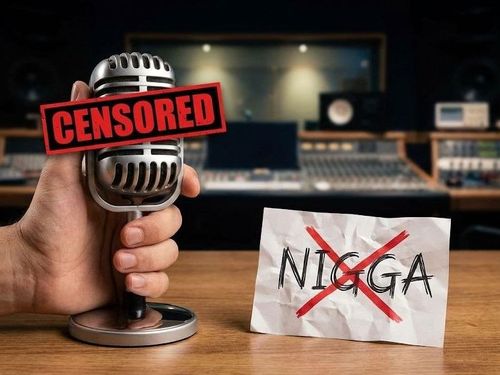It's not always a piece of cake to determine if an essay was written with the help of ChatGPT. But no worries, some researchers have found some telltale signs that could assist teachers in the process. These signs include repetition of words, tautology, and the frequent use of certain transitional words like "however," "moreover," and "overall."
A Cambridge University Press and Assessment study revealed these pointers, which described ChatGPT's writing style as "bland" and "journalistic."
Detecting ChatGPT-Assisted Writing
Identifying essays written with the aid of ChatGPT is both a challenge and a skill for educators.
While there's no foolproof method, experienced teachers rely on various clues and observations to differentiate AI-generated content from authentic student work.
Teachers often become aware of sudden improvements in their students' writing quality or see changes in their writing style that seem inconsistent with their previous submissions.
One possible explanation for these changes could be that the student is using AI assistance. To identify such instances, teachers need to be familiar with their student's abilities and look out for deviations that may indicate the use of AI-powered writing tools.
Furthermore, ChatGPT's limitations in subject depth may lead to consistency in terminology and language usage within essays. Teachers skilled in the subject matter can identify these irregularities during grading.
Analyzing writing patterns is another effective strategy. Teachers scrutinize essays for repetitive phrases, word choices, or structural similarities that suggest automated assistance. This method helps pinpoint content generated with AI support.
Tools for Detection
Educators can use tools to detect plagiarism and cheating involving AI models. These tools use algorithms to analyze content databases for similarities and can detect characteristics commonly found in AI-generated text.
This technology complements teachers' judgment by providing support in identifying instances where AI may have been used.
The combination of teacher expertise and technological tools is a defense against academic dishonesty promoted by AI in educational settings.
Educators will strive to develop detection methods to preserve academic integrity as AI becomes more deeply integrated into academia.
The Role of Digital Literacy
In today's world, where AI tools are widely used, it has become essential for both students and educators to acquire digital literacy skills. Having knowledge about the capabilities and limitations of AI writing models empowers individuals to use them responsibly.

For students, learning to utilize AI ethically and transparently is essential. Recognizing when to leverage AI for information gathering versus independent critical thinking is a skill that contributes to academic growth.
Similarly, educators benefit from digital literacy by staying informed about emerging AI technologies and their educational implications. This knowledge equips teachers to guide students effectively using AI tools while upholding academic standards.
Ensuring Academic Integrity
Preserving academic integrity is a collective effort involving students, educators, and institutions. Alongside detection measures, fostering a culture of honesty and ethical conduct is important.
Educators stress the importance of developing original ideas and conducting independent research, urging students to deeply engage with the subject matter and express their distinct viewpoints.
By emphasizing critical thinking skills instead of memorization, educators foster a learning environment where AI assistance is considered an additional resource rather than a quick fix.
Moreover, educational institutions implement clear policies and guidelines regarding using AI tools in academic work. Transparent communication about expectations and consequences reinforces the importance of academic integrity while providing students with guidance on responsible AI usage.




